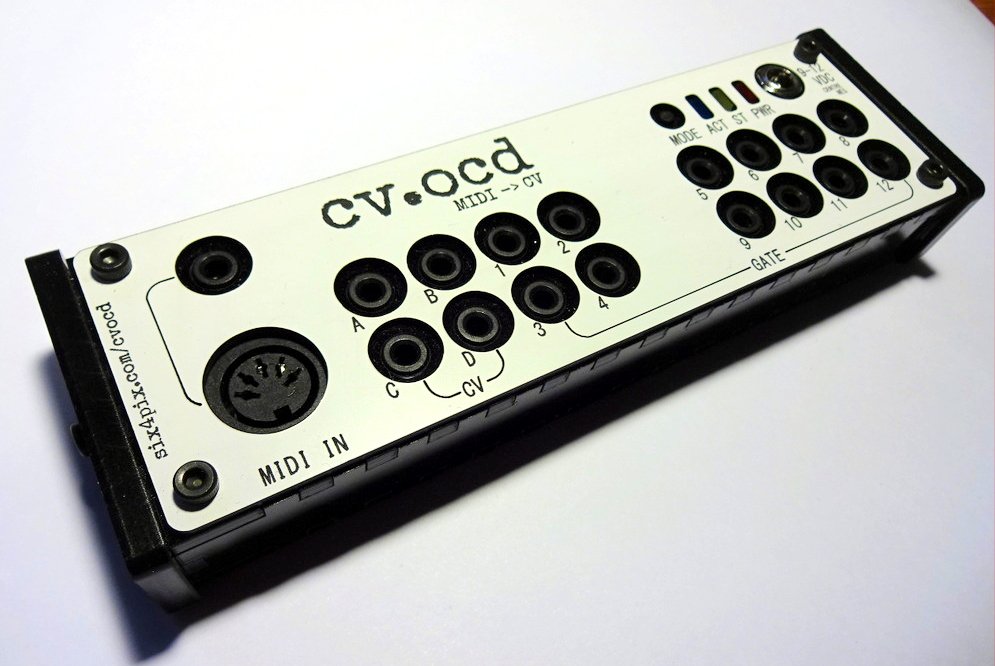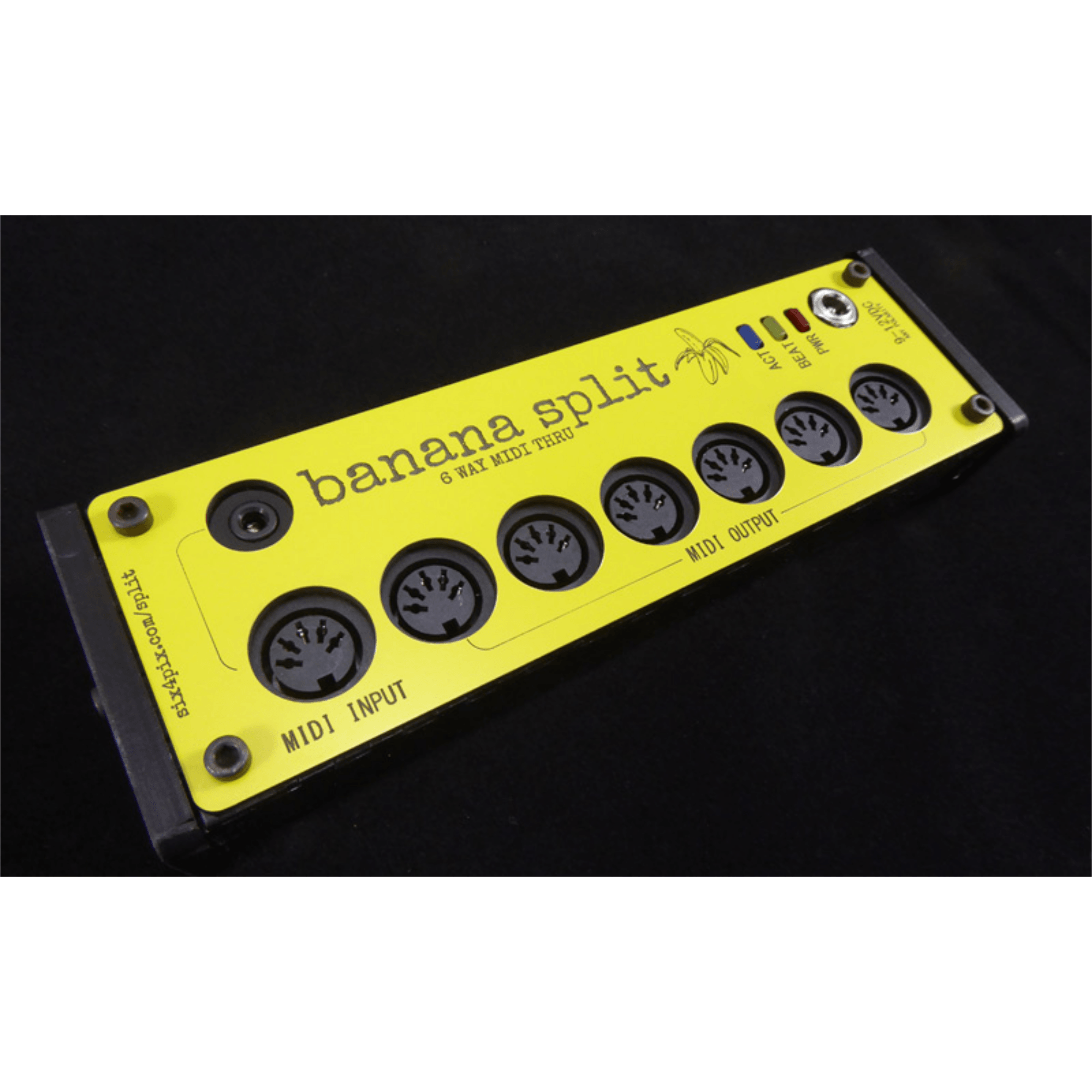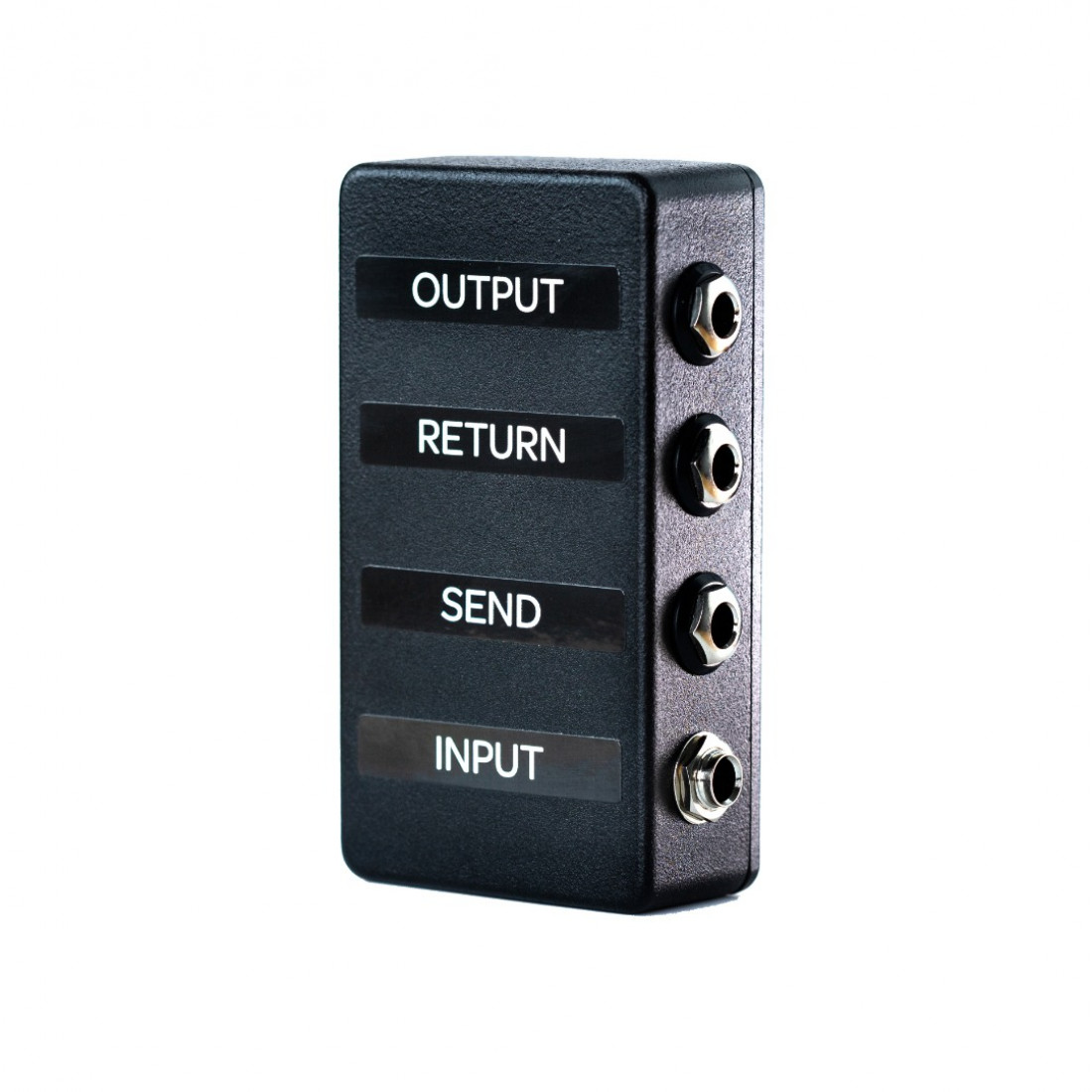

There’s a dedicated button for each each input and output, so you just select an input button, and then pick which outputs to route it to. The MRCC has tons of MIDI connections, ranging from traditional 5-pin DIN connectors to USB interfaces and USB host ports and even the 3.5mm MIDI A/B connectors that are popular on compact devices. The MRCC has been designed to make it easy to build flexible and powerful MIDI setups, combing controllers, instruments, your computer and more.

The MRCC was originally launched as a Kickstarter project and will now be publicly available. Set them all (in Tom’s example) as stereo pair 9 and 10.Conductive Labs – creators of the NDLR Multi-part Polyphonic Sequenced Arpeggiator – have introduced the MIDI Router Control Center (MRCC), a new device that they say reinvents the MIDI router.For example, if the Vermona was on channels 1 and 2 going out of the patchbay, to 1 and 2 on the audio interface inputs, and the minitaur on 3, it would make sense to route the processed Vermona signal coming out of Ableton Live onto channels 1 and 2 of the audio interface outputs, and the minitaur on 3. As the firewire can both send and return audio signals to and from Ableton Live, the processed outputs can then be routed back into the audio interface after it has been mixed in Ableton Live.And, if the Sound Engineer is having a freakout and didn’t want 10 outputs but only a stereo pair, all you would have to do is within Ableton Live, Ableton Live in a live scenario is controlled by TouchAble on an iPad, but could equally be controlled by Ableton’s Push or any other MIDI controller allowing a tactile mixing process.As there are 10 outputs on the audio interface, but only 8 instrument/hardware signals, it means every instrument can have its own separate channel, and there can be an extra stereo pair for anything from the computer (ie samples, softsynths, or any reverb or delay that is applied within the computer).

Assuming this is not the case, in a live scenario the signal is routed via the audio interface’s firewire connection into Ableton Live where mixing and audio processing can take place, in Session View.This is great for when you bring your live setup back to your studio, and want to connect back into your studio’s audio interface and mixing desk, for example. The benefit of the patchbay is that if Tom wanted to sidestep this hardwired process out to the MOTU Ultralite audio interface, by connecting jacks to the top front row of the patchbay, it will break the normalled connection and route signals to the top front jacks instead (despite something still being connected in the back).These output connections then go to the inputs of the audio interface (in this case, the MOTU Ultralite – not to be confused with the Microlite!) The Ultralite audio interface has 8 audio inputs, just enough for Tom who has the 8 audio signals he needs to route. hard wired automatically into the bottom outputs of the patchbay. The audio outputs from the hardware (Vermona – 2 channels, Streichfett – mono, Tetra – stereo, Minitaur – mono, Bombass – mono, Microphone – mono = 8 audio signals) are each routed into the top 8 inputs on the back of the patchbay.



 0 kommentar(er)
0 kommentar(er)
